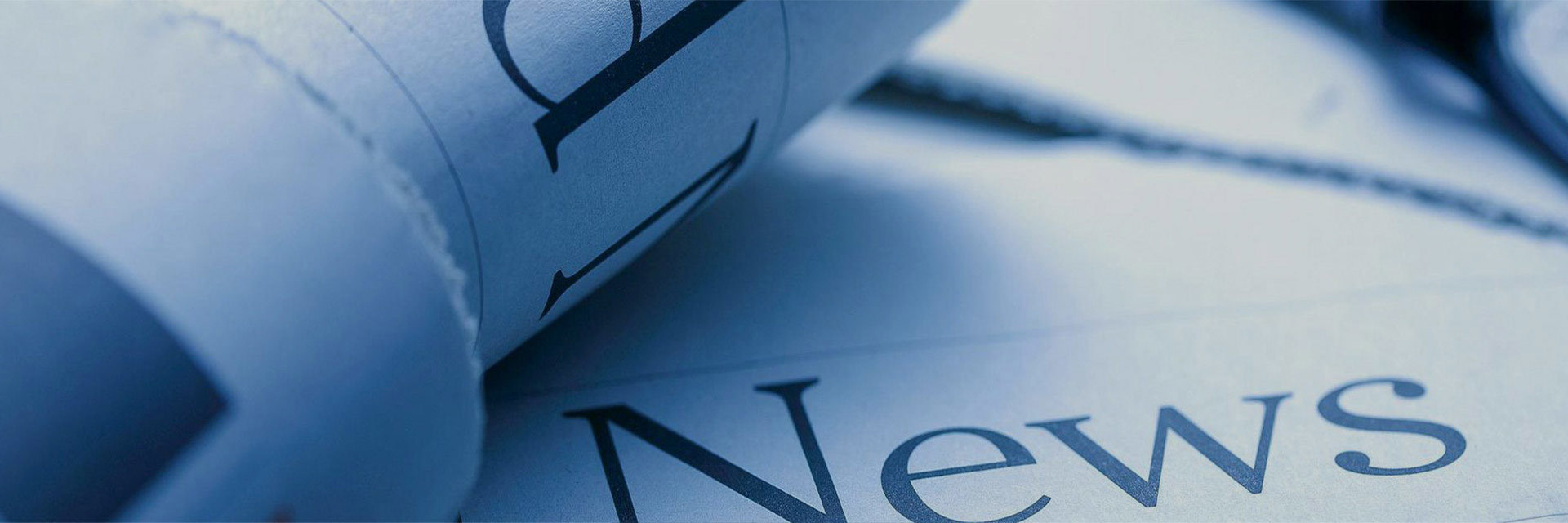Exploring the Advantages of Rubber Lining in Ball Mills: A Comprehensive Guide
Release time:
2025-08-19
Exploring the Advantages of Rubber Lining in Ball Mills Table of Contents 1. Introduction to Rubber Lining in Ball Mills 2. Understanding Ball Mills and Their Functionality 3. The Importance of Lining in Ball Mills 4. Benefits of Rubber Lining in Ball Mills 4.1 Enhanced Durability 4.2 Reduced Wear and Tear 4.3 Improved Operational Effic

Exploring the Advantages of Rubber Lining in Ball Mills
Table of Contents
- 1. Introduction to Rubber Lining in Ball Mills
- 2. Understanding Ball Mills and Their Functionality
- 3. The Importance of Lining in Ball Mills
- 4. Benefits of Rubber Lining in Ball Mills
- 4.1 Enhanced Durability
- 4.2 Reduced Wear and Tear
- 4.3 Improved Operational Efficiency
- 4.4 Noise Reduction
- 4.5 Cost-Effectiveness
- 5. Applications of Rubber Lining in Different Industries
- 6. Installation and Maintenance of Rubber Linings
- 7. Frequently Asked Questions
- 8. Conclusion
1. Introduction to Rubber Lining in Ball Mills
Rubber lining in ball mills has emerged as a preferred solution for many industries due to its numerous advantages. In this article, we will explore the multifaceted benefits of rubber lining, focusing on how it enhances the performance and longevity of ball mills across various applications. This innovative approach is revolutionizing the way industries approach grinding processes, ensuring efficiency and effectiveness in operations.
2. Understanding Ball Mills and Their Functionality
Ball mills are pivotal in many industries, serving as grinding machines that break down materials into smaller particles. These cylindrical devices utilize steel or ceramic balls within a rotating chamber to facilitate the grinding process. The efficiency of a ball mill largely depends on its design and the materials used for its lining. This is where **rubber linings** come into play, offering unique advantages that traditional materials often lack.
3. The Importance of Lining in Ball Mills
Lining a ball mill is crucial for several reasons. First and foremost, it protects the mill's structural integrity from wear and tear caused by the grinding process. Additionally, it affects the efficiency of the milling operation. Choosing the right lining material can significantly influence factors such as product quality, energy consumption, and maintenance costs. Hence, understanding the importance of lining materials is essential for optimizing milling operations.
4. Benefits of Rubber Lining in Ball Mills
Rubber lining in ball mills offers an array of benefits. Below, we delve deeper into each advantage, providing you with a comprehensive understanding of why rubber linings are becoming increasingly popular.
4.1 Enhanced Durability
Rubber linings are known for their outstanding durability. Made from high-quality rubber compounds, they can withstand harsh operating conditions, including high impacts and abrasive materials. This durability translates to longer operational lifespans for both the lining and the ball mill itself, reducing the frequency of replacements and associated downtime.
4.2 Reduced Wear and Tear
One of the significant advantages of rubber lining is its ability to minimize wear and tear on the mill components. Unlike traditional steel linings, rubber absorbs the energy generated during the grinding process, reducing impact forces and subsequently extending the lifespan of both the lining and the grinding media. This reduction in wear leads to fewer maintenance interventions and lower operational costs.
4.3 Improved Operational Efficiency
Rubber linings contribute to improved operational efficiency in ball mills. The materials' non-slip surface allows for better grinding action, leading to more effective particle size reduction. Additionally, the lightweight nature of rubber reduces the overall weight of the mill, allowing for faster rotations and enhanced throughput, ultimately resulting in increased productivity.
4.4 Noise Reduction
A notable benefit of rubber lining is its ability to significantly reduce noise levels during operation. Traditional steel linings generate considerable noise due to the high-impact collisions between the grinding media and the lining. Rubber linings effectively dampen these sounds, creating a quieter working environment, which is particularly beneficial in facilities where noise pollution is a concern.
4.5 Cost-Effectiveness
Investing in rubber linings can lead to substantial cost savings over time. While the initial cost may be higher than that of traditional materials, the longevity and reduced maintenance needs of rubber linings often result in lower total ownership costs. This cost-effectiveness, combined with enhanced performance, makes rubber linings an attractive option for many industries.
5. Applications of Rubber Lining in Different Industries
Rubber linings are not limited to one sector; they find applications across various industries, including:
- **Mining and Minerals Processing**: In mining operations, rubber linings are used in ball mills to process ores, ensuring efficient grinding while minimizing wear on equipment.
- **Cement Production**: Rubber-lined ball mills in cement plants contribute to the milling of raw materials, helping to achieve the desired particle size for effective production.
- **Chemical Processing**: The chemical industry benefits from rubber linings due to their resistance to corrosive materials, aiding in the safe processing of various chemicals.
- **Pharmaceuticals**: In pharmaceutical manufacturing, rubber linings help create a controlled and efficient grinding environment for active ingredients, ensuring product quality.
6. Installation and Maintenance of Rubber Linings
Proper installation and maintenance of rubber linings are essential to maximizing their benefits. Here are key considerations:
- **Installation**: Professional installation is vital. Ensure that the linings are fitted precisely to avoid gaps that could lead to premature wear or operational inefficiencies.
- **Maintenance**: Regular inspections should be conducted to check for signs of wear. Although rubber linings are durable, addressing minor issues before they escalate can extend their lifespan significantly.
- **Replacement**: When it comes time to replace the linings, opting for high-quality materials and skilled technicians will ensure that the ball mill continues to operate at peak efficiency.
7. Frequently Asked Questions
What are the main advantages of rubber lining over steel lining?
Rubber lining offers enhanced durability, reduced wear, improved operational efficiency, noise reduction, and long-term cost-effectiveness.
How long does rubber lining typically last?
The lifespan of rubber lining can vary based on operating conditions, but it typically lasts longer than steel lining due to its ability to absorb impact and reduce wear.
Can rubber lining be used in all types of ball mills?
Yes, rubber lining can be utilized in various types of ball mills across multiple industries, provided the design accommodates rubber materials.
Is rubber lining suitable for corrosive materials?
Yes, rubber linings are resistant to many corrosive substances, making them ideal for use in chemical processing and similar applications.
How does rubber lining affect the quality of the final product?
Rubber linings help achieve a more consistent particle size, which can lead to improved quality of the final product by ensuring effective grinding.
8. Conclusion
Rubber lining in ball mills presents numerous advantages that contribute to more efficient, cost-effective, and quieter milling operations. Its enhanced durability, reduced wear, and overall improved performance make it a preferred choice for industries looking to optimize their processes. By understanding the benefits of rubber lining, companies can make informed decisions that enhance productivity, reduce maintenance costs, and ultimately improve their bottom line. As industries continue to evolve, the role of innovative materials like rubber linings in ball mills will undoubtedly become more pronounced, paving the way for more effective and sustainable manufacturing practices.
Key word:
ball mill rubber lining
Recommended



